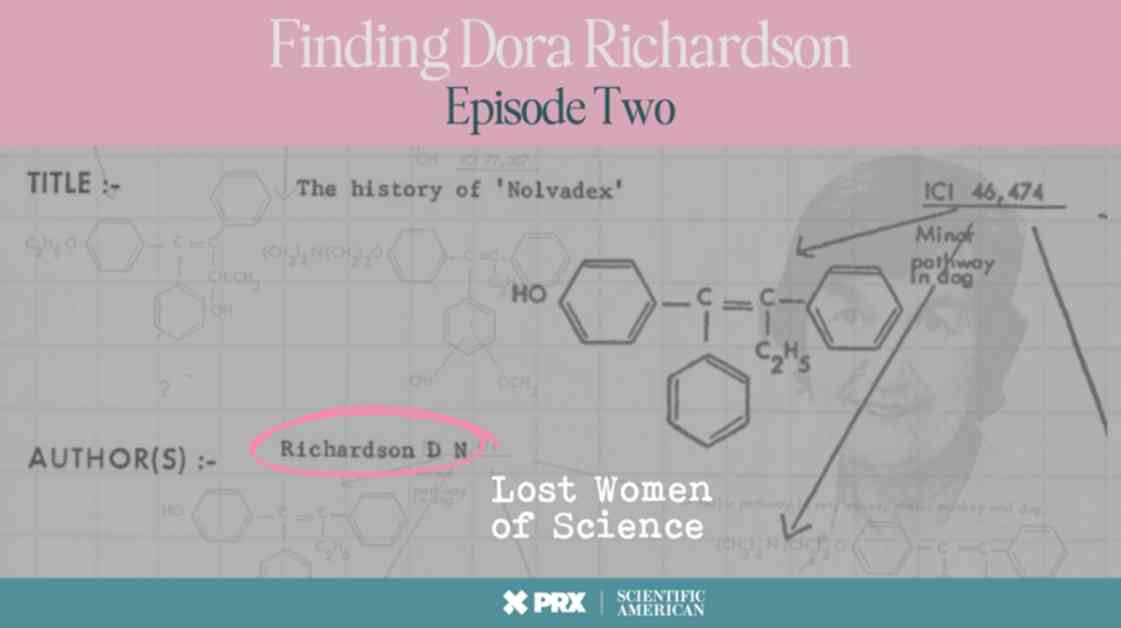In the 1970s, while working at ICI, Dora Richardson, along with her boss Arthur Walpole, discovered the potential of tamoxifen as a treatment for advanced breast cancer. Despite initial setbacks and ICI’s reluctance to pursue further research due to commercial viability concerns, Dora and Arthur continued their work in secret. Eventually, tamoxifen was launched in the UK in 1973 and has since saved countless lives globally.
The story of Dora Richardson is a testament to the dedication and perseverance of female scientists in a male-dominated field. Despite her pivotal role in the development of tamoxifen, Dora’s contributions were overshadowed by a male colleague, Craig Jordan, who later became known as the “father of tamoxifen.” This erasure of Dora’s legacy highlights the importance of recognizing the often unsung heroes of scientific discoveries.
Tamoxifen’s impact on breast cancer treatment has been profound, reducing recurrence rates and mortality statistics significantly. Its accessibility and effectiveness have made it an essential medicine listed by the World Health Organization. The global market for tamoxifen is expected to continue growing, emphasizing the drug’s ongoing significance in cancer care.
While Dora Richardson may not have sought recognition for her work, her dedication and brilliance have undoubtedly made a lasting impact on women’s health. As we reflect on her story during Breast Cancer Awareness Month, it serves as a reminder of the importance of acknowledging and honoring the contributions of all scientists, especially those like Dora who have made significant advancements in medical research.










